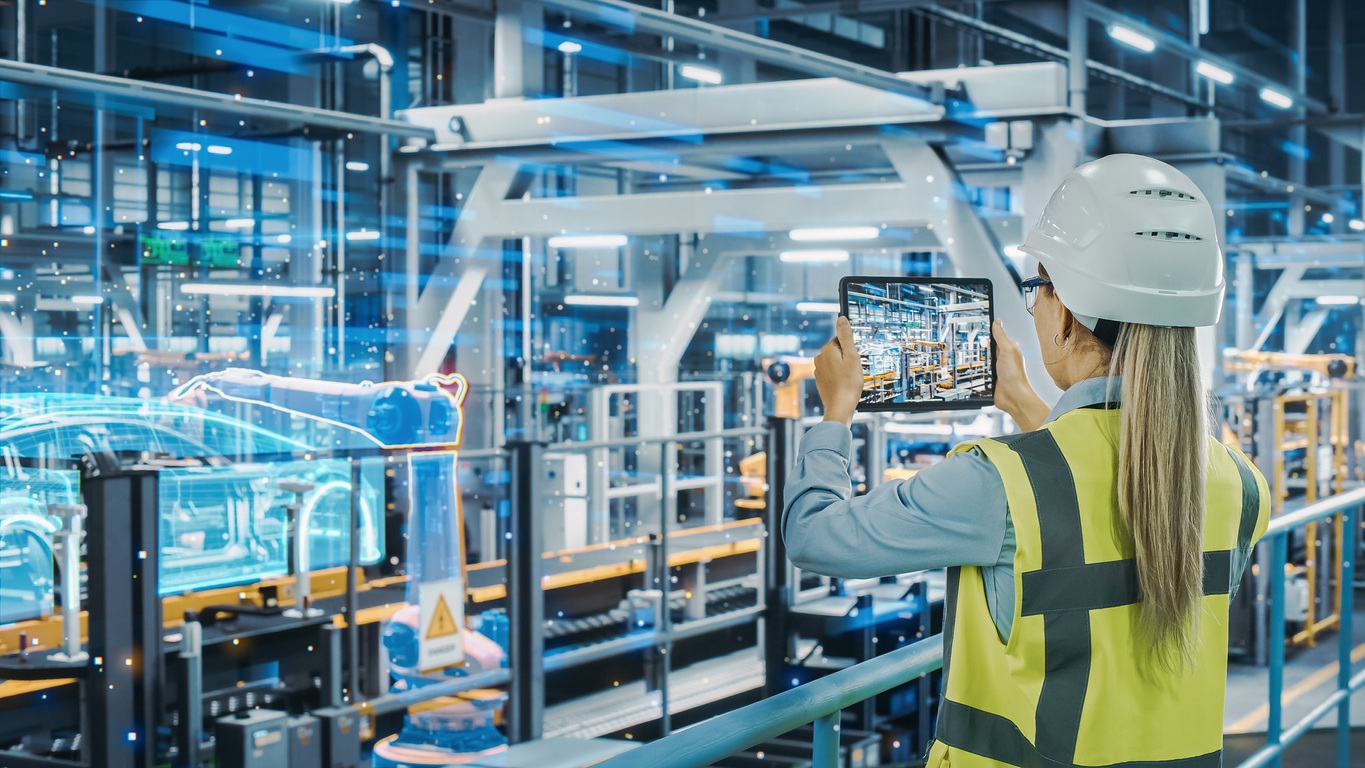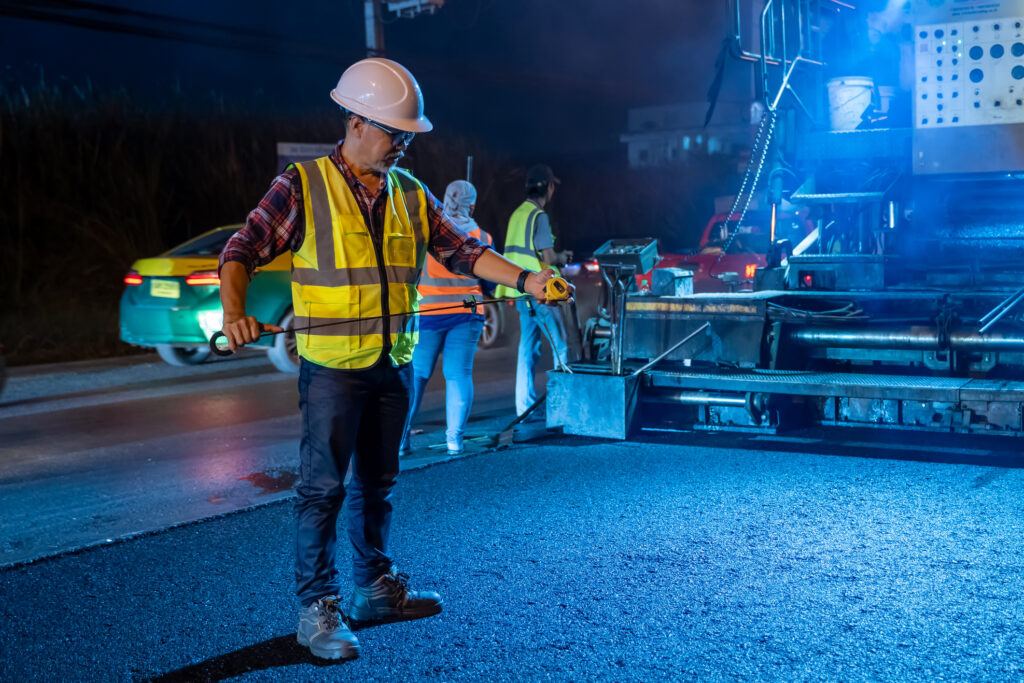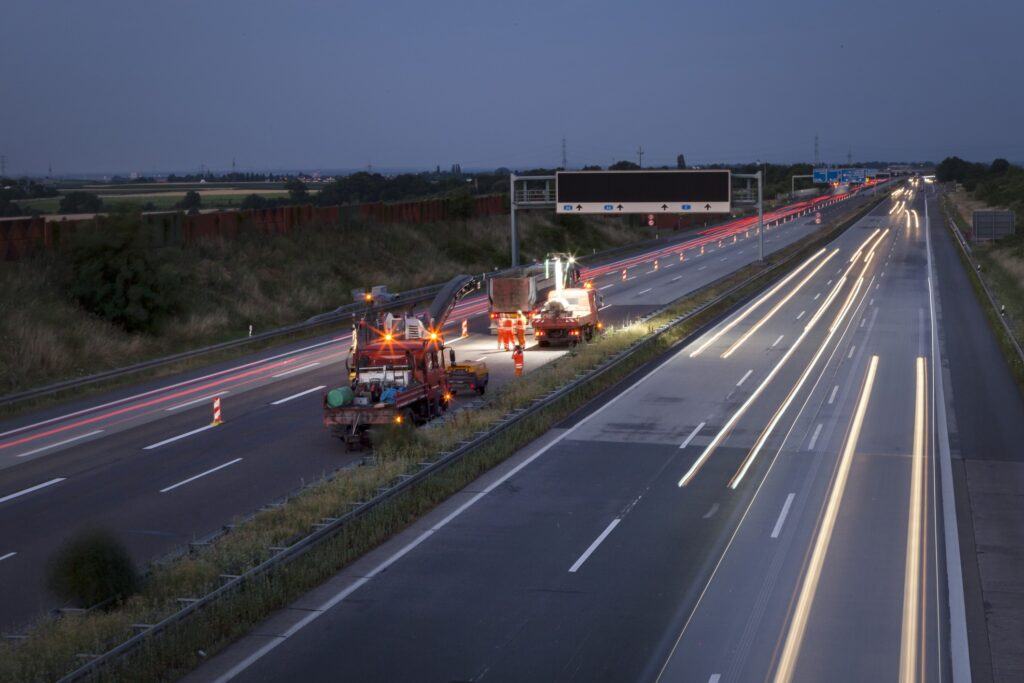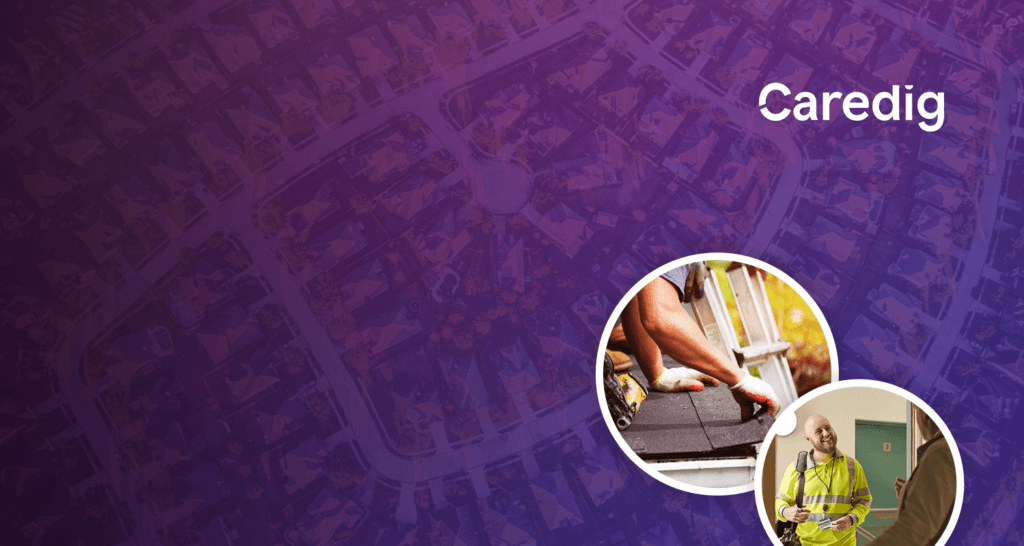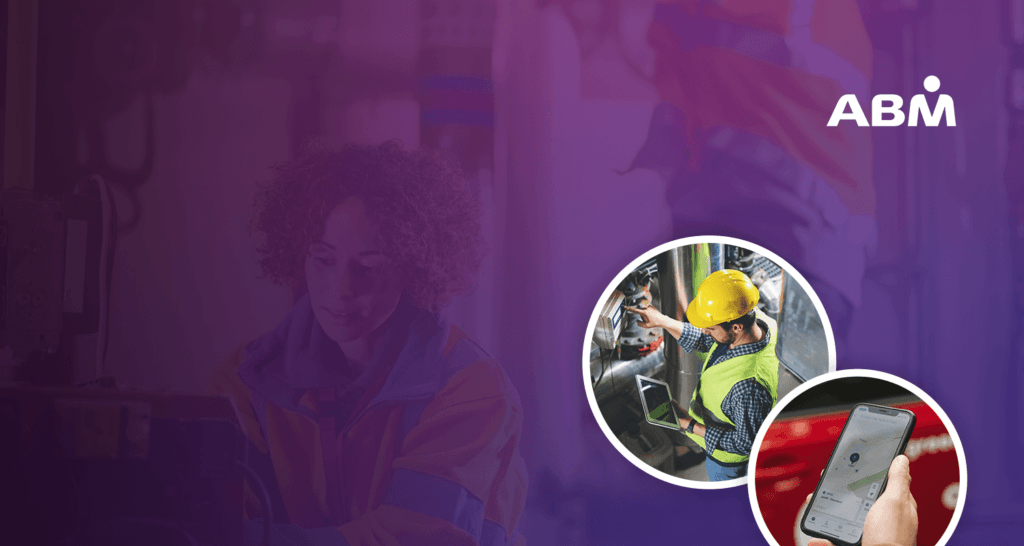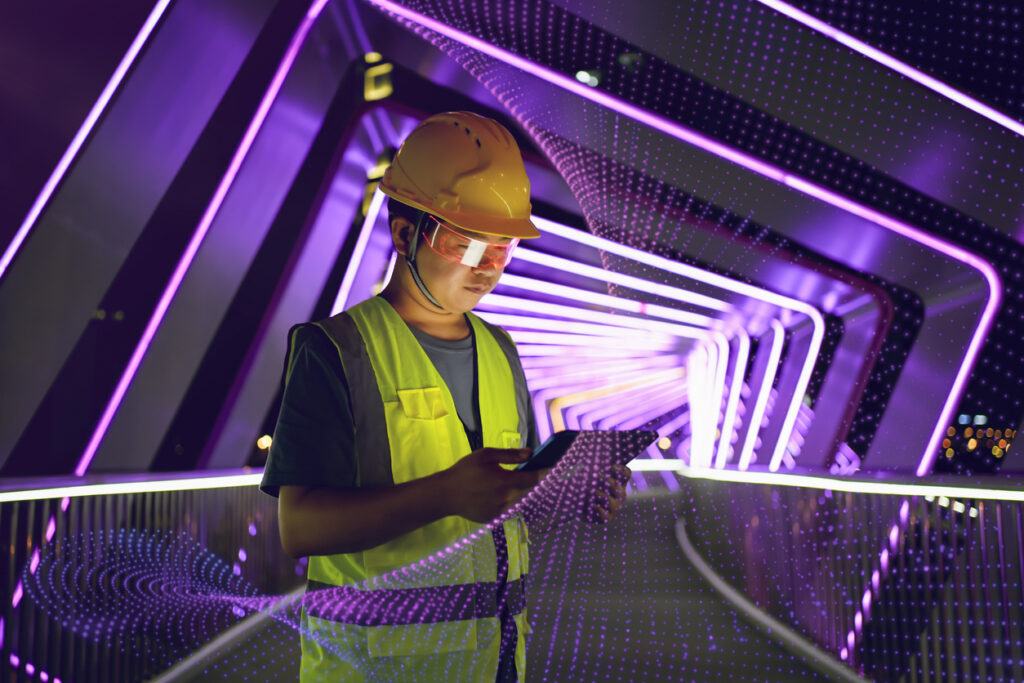Augmented Reality is Changing Field Service
The transition from paper-based to digital methodologies in field service has been nothing short of transformational. As we move into a world dominated by technological advancements, augmented reality (AR) and virtual reality (VR) are progressively reshaping how we can execute field service management.
What Is Augmented Reality?
Whilst the terms “AR” and “VR” are often used interchangeably, they are distinctly different. Virtual reality (VR) uses pose tracking, headsets and 3D displays close to the eyes to give users an immersive experience in a digital environment. On the other hand, augmented reality—often referred to as AR technology—supplements the real world with an interactive experience. AR devices layer virtual data or environments over our actual surroundings to enrich the user experience.
AR’s integration into the field service sector is monumental. As customers demand efficient and seamless service experiences, AR serves as a possible game-changer. But how is AR changing the field service landscape?
Augmented Reality Is Transforming Field Service
Discover More: The Future of Field Service Management
Incorporating AR and VR in Field Services
Augmented Reality (AR) and Virtual Reality (VR) are redefining the norms of the field service industry. While AR overlays digital elements in the real world, VR immerses its users in a completely virtual environment. Together, they are transforming field services, empowering technicians, and boosting customer satisfaction.
What Are AR Tools?
AR’s potential in the field service industry is not limited to overlaying diagrams over real-world equipment. With smart glasses and mobile devices, technicians can access a wealth of knowledge in real-time. Whether it’s pulling up a machinery’s entire service history or connecting with a subject matter expert halfway across the world for insights, AR bridges the gap between knowledge and application.
Moreover, features such as optical character recognition (OCR) enable technicians to identify parts and machinery specifications quickly. These tools, paired with location tracking and automatic call logging, enable a seamless flow of information, reducing the time taken to address and fix issues.
Integration with Other Technologies
AR doesn’t exist in a vacuum. Its integration with other technologies, like IoT devices, can lead to predictive maintenance. When a piece of machinery starts showing signs of wear and tear, AR can be used to pinpoint the exact defect and relay this information back to field service technicians, even before a breakdown occurs.
Furthermore, coupling AR with VR provides technicians with immersive training sessions. These simulated environments can recreate real-world challenges, ensuring that technicians are well-prepared for any situation they might face on the job.
Enhancing Customer Service with AR and VR
Field service is not just about fixing issues; it’s about the entire service experience. Augmented Reality, especially when coupled with VR, can redefine customer service in this sector. Customers can use AR and VR tools to give technicians a comprehensive view of the issues they are facing, eliminating the back-and-forth usually associated with over-the-phone troubleshooting.
Moreover, you can leverage these technologies to provide customers with self-service options. Through AR-enabled mobile devices or smart glasses, they can receive step-by-step instructions for minor fixes, enhancing the overall service experience and boosting customer satisfaction rates.
Discover More: Enhancing The Field Service Customer Experience
Virtual Reality: A Game Changer for Training
While AR offers real-time enhancements, Virtual Reality takes training to the next level in the field service industry. Technicians can immerse themselves in lifelike scenarios without the risks associated with hands-on training. This not only ensures that technicians are well-trained but also significantly reduces the learning curve for novices entering the industry.
AR and VR in Field Service: The Road Ahead
As AR technology gains traction, its potential applications in the field service sector appear boundless. For organisations that genuinely aspire to stay ahead of the curve and ensure customer satisfaction, integrating AR into their operations is not just a possibility—it’s imperative.
With projections indicating a surge in the AR market, reaching nearly $98 billion by 2028, it’s evident that augmented reality for field services is not just a fleeting trend. AR and VR technologies continue to mature and integrate with other advancements, like IoT-driven maintenance, offering organisations the tools to deliver unparalleled service experiences.
Conclusion
Field service organisations that incorporate AR and VR into their operations stand to benefit not only in terms of operational efficiency but also in offering enriched service experiences that customers now demand. With real-time insights, advanced troubleshooting capabilities, and enhanced training modules, the future looks bright for those ready to embrace these technologies.
